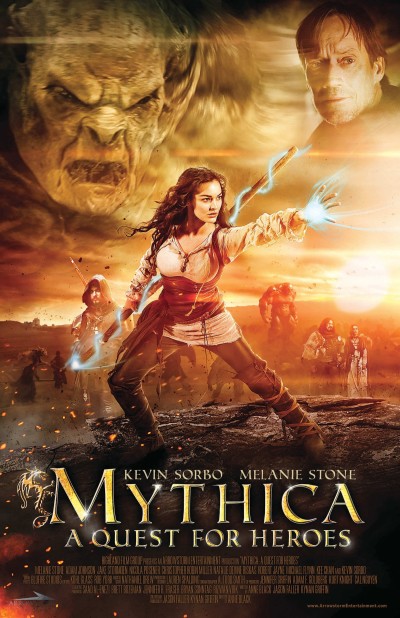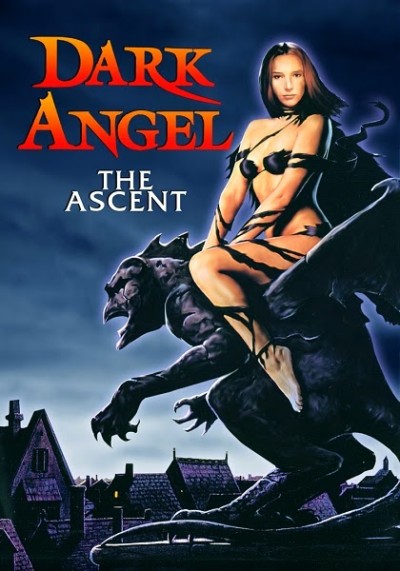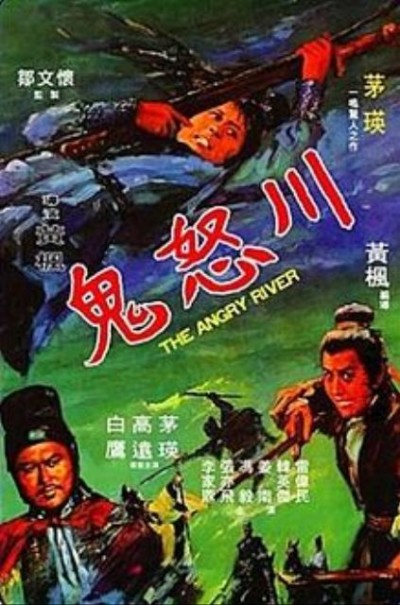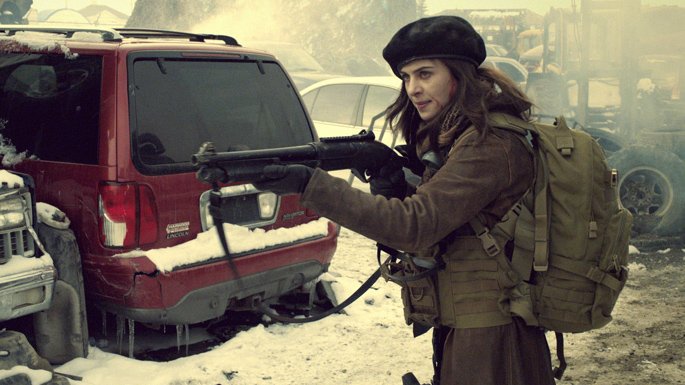Welcome to our fifth annual round-up of girls with guns calendars! This year brings the return of some old friends, but there are also some new entries to be considered. Below, you’ll find prices, sample images and links to purchase for all the calendars we could find. We’ll add more as we find them, since there’s still three months left in the year…
TACGIRLSTacGirls.com – $18.00 “The Tactical Girls® 2015 gun calendar starts in January of 2015 and brings you 13 months of hot girls with some of the world’s most exotic weaponry in realistic tactical settings. It includes gun specifications and trivia from military, law enforcement and firearms history and, of course, the beautiful Tactical Girls Calendar Girls. Fill that 12″ x 24″ empty space on your Man Cave, garage, barracks or tent wall with 13 months of Girls With Guns. The 2015 Tactical Girls Calendar includes the Drake Stalker .50 BMG Sniper Rifle, the Kel-Tec RFB Battle Rifle, and the FNP-45 Tactical Pistol. Also a first for this year, we have an AT4 Anti-Tank Weapon! along with a variety of belt fed machine guns, battle rifles, AR platforms and pistols all with gorgeous models in realistic settings” |
 |
WOMEN OF ARMAGEDDONWomenOfArmageddon.com – $TBA Still under way, but being worked on hard ‘n’ fast by creator Michael Zinn. Check out the site and/or their Facebook page for updates on progress, and also the interview with Michael from last year, if you want more information on the overall concept. |
 |
LIBERTY BELLESLibertyBellesUSA.com – $15.99, through DRTO.com “The new 2016 Liberty Belles Calendar provides a sexy twist on the world of special operations forces. The sexy women of Liberty Belles are adorned in tactical gear and custom fit bikini uniforms to showcase anyone from US Navy Seals, to US Army Rangers. The calendar provides 12 months of action packed shots that specializes in portraying female tactical operators from a sexy perspective. The Liberty Belles calendar also features a bonus pull out poster! 12″ x 9″ folds out to 12″ x 18″. A portion of the profits from the sale of the Liberty Belles calendar is donated to the Special Operations Warrior Foundation in support of our fallen warriors.” |
 |
ALEX SMITSAlex-Smits.com – $20.00 Alex has been writing about action heroines for as long as I have, and is also a photographer. This year, he’s returning to the fray with his own entry into the calendar market, which he has done most years since 2010. |
 |
GUNS AND GIRLSGunsAndGirlsCalendar.com – $19.95 “The 2016 GUNS AND GIRLS wall calendar is packed with beautiful pin up models and many of today’s most popular weapons, everything from handguns to AR15s. This 16 month large format calendar is 17″x 28″ when hung up and a perfect gift for any Armed Service Member, Police Officer or Shooting Enthusiast. Also includes a bonus 12 month poster inside giving you two calendars in one package!” |
 |
MAGPULMagpul.com – $16.95 “It’s that time of year again. We loaded up the cars, bikes, and guns and headed a few hours north to Dallas to meet up with an all-star cast of some of the most beautiful women on the planet and put together a calendar that may just be our best one yet. The Texas sun was unforgivingly hot, but we think you’ll agree that the images that Dixie Dixon captured for us were even more so. The on-set work is all wrapped up, and now we’re working on choosing the best shots and formatting to finish out our 2016 calendar.” |
 |
PIPE HITTERS UNIONPipeHittersUnion.com – $29,99 Participants include Giselle Falla (Owner of Redback One), Alex Rogers (Competitive Shooter), Michelle Viscusi (U.S. Army Vet and owner of Defensive Depot), Brittany Paus (U.S. Air Force Vet), Danielle Harris (Owner of Dragon Fire Armory), Jacqueline Carrizosa (U.S. Navy Vet and Competitive Shooter) and Amanda Furrer (member of USA Olypmics Shooting Team). |
 |
GUNS AND CAMOGunsAndCamo.com – $13.95 |
 |
HOT SHOTSHotShotsCalendar.com – $14.99 “Now in its ninth year the iconic Hot Shots Calendar has gone ‘steam punk’ as we put our unique twist on many famous wars and battles of years gone by. As always our main aim is to raise money and awareness for wounded veteran charities in the UK and the USA while at the same time showcasing the industry’s latest, cutting edge military equipment. As well as some classic items from years gone by. The outfits you see have again been exclusively designed by Caleb Crye. Shot this year in Herefordshire, United Kingdom it’s with great pride that we welcome back legends Rosie Jones, Kelly Hall, Daisy Watts, Emma Glover and Jessica Davies as well as introducing the new girls Georgia Rosella, Joey Fisher and Melissa Cunningham.” |
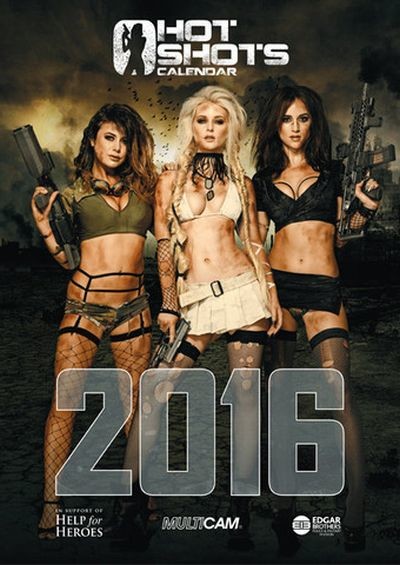 |
DANGEROUS RAEvi MyShopify.com – $22.00 “Pin up meets Gun Girl in a classy mix of vintage style and modern weapons. Calendars will be printed in November and orders filled first come first served. Autographed on cover page. 10% of proceeds will be donated to a Veteran Assistance Fund.” |
 |






 Just in time for Halloween comes this atmospherically and spooky tale, in which teenager Dora (Rose) has a day – and a night – to remember. It begins with her discovering that she’s pregnant, news which initially causes her to stay home and brood over her future. She changes her mind and texts her boyfriend to come pick her up; he never shows, and instead she finds herself increasingly tormented by young, masked figures, who repeatedly knock on her door. The doctor (Sutherland) makes a house call, only to discover Dora has gone from four weeks to four months pregnant in just a few hours. Dora is also being plagued by nightmarish visions sacrifice, and it becomes clear that those little figures have some very unpleasant plans for our heroine and her baby-to-be.
Just in time for Halloween comes this atmospherically and spooky tale, in which teenager Dora (Rose) has a day – and a night – to remember. It begins with her discovering that she’s pregnant, news which initially causes her to stay home and brood over her future. She changes her mind and texts her boyfriend to come pick her up; he never shows, and instead she finds herself increasingly tormented by young, masked figures, who repeatedly knock on her door. The doctor (Sutherland) makes a house call, only to discover Dora has gone from four weeks to four months pregnant in just a few hours. Dora is also being plagued by nightmarish visions sacrifice, and it becomes clear that those little figures have some very unpleasant plans for our heroine and her baby-to-be.